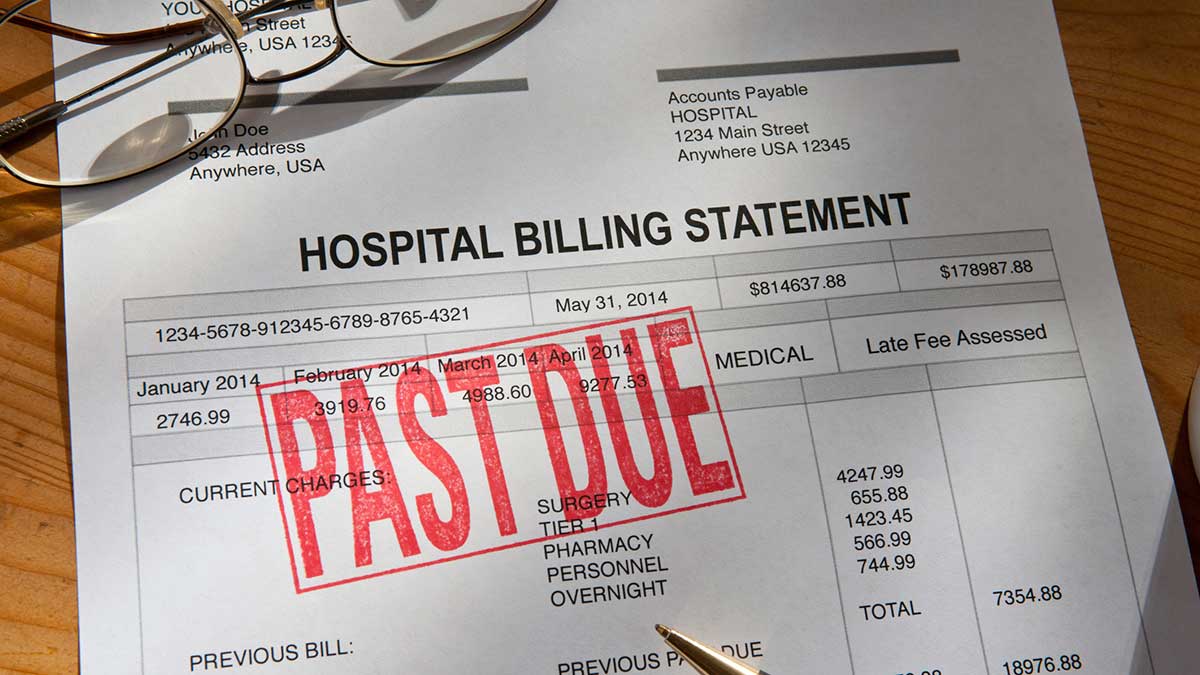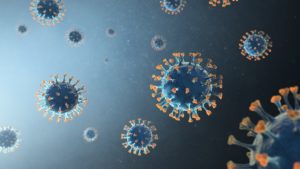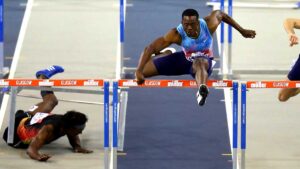Anteo Diagnostics learns hard lesson about buying things you can’t afford

Bills bill bills ... Anteo learned a lesson about buying things you can’t afford. Picture: Getty
Since the start of last year biotech Anteo Diagnostics has bought and hastily sold a business, lost two CEOs, mislaid a chairman, and learned a hard lesson about buying things you can’t afford.
On Friday, Anteo (ASX:ADO) announced it was selling the well-performing, but yet-to-be-fully-paid-for European diagnostics company DIAsource for €15.9 million cash ($23.8 million), or slightly more than it paid last year.
The news pushed Anteo’s shares up 22 per cent to 2.2c.
- Discuss this story in our new Facebook Group
- Follow us on Facebook, Twitter or LinkedIN
Dr Jef Vangenechten resigned as CEO immediately, a role he’d only held since June last year after joining from DIAsource.
The CFO Peter Harding-Smith had already resigned in July and the chairman since 2011 — Mark Bouris of Wizard Home Loans fame — cut his losses in November.
To top it off, Anteo announced a full year loss of €5.7 million ($8.5 million), and a 40 per cent drop in revenue to €284,100 ($425,492).
All of the bad news was blamed on the Australian business. The main business generating cash was — you guessed it — the one they’ve just sold.
DIAsource actually made a net profit of €2.3 million ($3.4 million) for Anteo in this last financial year.
What went wrong?
So what went wrong? Why is a struggling Australian biotech selling what should be its crown jewel, and entree into the mainstream diagnostics market?
Chairman John Hurrell told Stockhead the January 2016 deal, intended to get its in-house nanotechnology into mainstream diagnostics, slowly disintegrated because the falling share price had severely limited their ability to raise money to cover the debt, due in October this year.
He said ASX-mandated financial updates limited their negotiating position, giving DIAsource buyers the upper hand and ultimately reducing the final price.
The deal had even put at risk the nano-coating technology.
“The sale of DIAsource places the company in a very healthy financial position after completion, with no debt and continued ownership of our patented nano-coating technology,” he said in the full year report.
If you can’t afford it, don’t buy it
Anteo announced in August 2015 that it was buying DIAsource for €15.4 million ($23 million) in cash — provided it managed to raise $13.2 million in Australia.
It didn’t. What it did achieve in December 2015 was $5.2 million.
Hurrell said some “heavy financial people” were involved at the time, and they gave the green light. “At the time we had the financing set in, and it fell through.”
The board pushed forward.
It successfully changed the takeover terms to half cash and half on a payment plan, and US-based investor Bergen Global Opportunity provided a $US2 million ($2.5 million) convertible note.
Hurrel said they’d expected to use some of the cash from DIAsource to pay for the deal, but as Anteo’s financial situation worsened the new business just couldn’t cover the extra, unintended obligations.
By January this year Bergen had almost entirely exited Anteo, as had Sydney investor David Sietsma who’d accumulated a 5.23 per cent stake by February 2016.
“Bergen told [the board] they had been in the deal a year and were selling out. There was nothing we could do,” Hurrell said. The others were private investors and the board wasn’t informed about their entries and exits.
The DIAsource business couldn’t be saved, despite a last ditch $1 million in short term loans from the board, CEO and shareholders in April this year, and repeated extensions to an arrangement requiring extra payments to the DIAsource sellers — one of whom was now Anteo’s CEO.
The company will have about $6 million left from the sale after its debts are paid.
UNLOCK INSIGHTS
Discover the untold stories of emerging ASX stocks.
Daily news and expert analysis, it's free to subscribe.
By proceeding, you confirm you understand that we handle personal information in accordance with our Privacy Policy.








